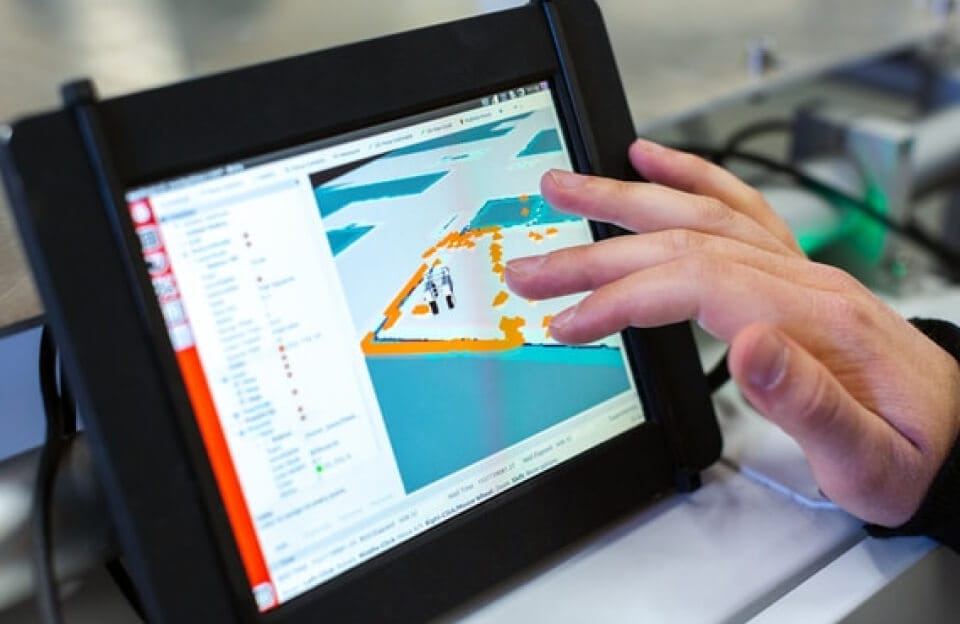Welcome to the brave new world of remote work, where your office is wherever you happen to be—whether that’s your kitchen table, a cozy coffee shop, or your very own couch (where the snacks are dangerously close). As more teams embrace remote work, finding the right software to keep everyone on the same page can be a bit like searching for a unicorn: elusive, magical, and a little bit over-hyped. Fear not! We’ve sifted through the digital jungle to find the software solutions that will make collaborating from a distance as smooth as your favorite video call filter. So, let’s dive in!
- Slack: Your New Digital Water Cooler
If you’ve ever yearned for a modern-day version of the office water cooler chat, Slack is your answer. This messaging app is designed to keep conversations organized and accessible, even if you’re all scattered across different time zones. It’s like having a supercharged chat room that lets you create channels for every project, department, or inside joke. Pro tip: Make sure your team knows the difference between “urgent” and “we need to discuss the best pizza toppings,” or your channels might get a little chaotic.
- Zoom: Not Just for Family Reunions Anymore
We all know Zoom as the go-to platform for virtual meetings, but did you know it’s also packed with features to keep remote teams connected? Beyond the basic video calls, it offers breakout rooms (for those group discussions where you just need to escape from the main chat), screen sharing, and virtual backgrounds (so you can look like you’re working from a tropical island, even if you’re really in your bedroom). Just remember to use the “mute” button liberally—nobody wants to hear your neighbor’s dog barking during the important client pitch.
- Trello: Your Digital To-Do List on Steroids
If you’ve ever struggled with organizing tasks and deadlines, Trello is here to help. This visual project management tool uses boards, lists, and cards to help you keep track of tasks, assign responsibilities, and see project progress at a glance. It’s like having a giant, interactive whiteboard that you can access from anywhere. And if you’re feeling fancy, you can even add stickers and emojis to your cards. Just don’t get too carried away—your project might end up looking like a party invite.
- Asana: The Taskmaster That Doesn’t Shout
For those who need a little more structure, Asana is a project management tool that combines task lists with calendar views, so you can keep track of deadlines and responsibilities without losing your mind. It’s like having a personal assistant who’s always calm and never asks for a raise. With features like task dependencies and project timelines, you’ll never be left wondering, “Who’s supposed to be doing what now?”
- Google Workspace: All the Tools You Need in One Place
If you’re tired of juggling multiple apps, Google Workspace (formerly G Suite) might be your new best friend. It combines email, documents, spreadsheets, and presentations into one seamless platform. It’s like having a Swiss Army knife for productivity, with everything you need in one handy spot. Plus, collaboration is a breeze—multiple people can work on the same document simultaneously, which is great for those late-night brainstorming sessions when caffeine is your only friend.
- Monday.com: Turning Chaos into Order
Monday.com is designed to make managing projects and workflows a breeze, even when your team is spread out. With customizable workflows, visual timelines, and automated updates, it helps you keep track of who’s doing what and when. It’s like having a personal project manager who doesn’t need a coffee break. Just remember to keep your boards organized, or you might end up with a digital mess that looks like your kid’s art project.
- Miro: The Virtual Whiteboard That’s Never Out of Ink
For brainstorming and planning, Miro offers a virtual whiteboard that lets teams collaborate in real-time. It’s perfect for when you need to map out ideas, create diagrams, or just doodle to keep yourself awake during a long meeting. Think of it as your digital canvas, where you can brainstorm without worrying about running out of space (or markers).
Key Challenges of Virtual Collaboration In an era where virtual collaboration has surged, particularly accelerated by the pandemic, organizations face increasingly complex challenges. A recent study revealed that 54% of remote workers struggle with communication difficulties, primarily due to the lack of non-verbal cues that in-person interactions naturally provide. Moreover, a survey conducted by Buffer highlighted that 20% of remote workers feel isolated or disconnected from their teams, which can significantly impact creativity and productivity. One notable case is that of a tech giant whose employees reported a 30% decline in task completion rates due solely to miscommunications in virtual environments. These challenges not only affect individual performance but can also hinder overall team dynamics, making effective collaboration a crucial focus for companies venturing into remote work. As companies strive to cultivate a cohesive virtual work culture, the imbalance between work and home life poses another significant hurdle. According to a report by FlexJobs, 73% of remote workers stated that they experienced difficulties in separating work from personal life, leading to burnout and decreased job satisfaction. The story of an emerging startup illustrates this vividly: after implementing all-remote work, they observed a turnover rate that spiked by 25% within six months, directly linked to employee fatigue and stress from blurred boundaries. In response, organizations are exploring innovative solutions such as virtual team-building exercises and designated ‘quiet hours’ to foster engagement and well-being. As these statistics reveal, the road to successful virtual collaboration is fraught with challenges, requiring a thoughtful and strategic approach to overcome them.
Essential Software Tools for Remote Teams In an era where remote work has surged, with a staggering 70% of employees now working remotely at least once a week, the need for effective software tools is more pronounced than ever. Consider a team of software developers collaborating on a project from five different countries. They rely on integrated platforms like Slack, which boasts over 10 million daily active users, not only for communication but also for project management through integrations with tools like Trello and Asana. A study from Buffer revealed that 20% of remote workers struggle with collaboration and communication, highlighting how critical these tools are for fostering connection and streamlining workflows. Teams equipped with these essential software tools report a 25% increase in productivity and a significant boost in employee satisfaction, as they can seamlessly share ideas and feedback in real time. On the other hand, managing remote teams also comes with challenges related to time management and accountability. Research by Airtasker indicates that remote workers spend an average of 1.4 hours a day on distractions while working from home. To counter this, companies increasingly turn to time-tracking software such as Toggl and Harvest, which provide insights into work habits and help teams stay focused. For instance, teams using these tools have seen a reduction of up to 30% in time wastage, leading to more effective project completion. As the landscape of work continues to evolve, investing in the right software solutions not only addresses current challenges but positions organizations to thrive in a hybrid future, blending productivity with the flexibility that remote work offers.
Enhancing Communication in Distributed Workforces In an era where remote work has surged, enhancing communication within distributed workforces has become a pivotal challenge for organizations. According to a 2022 survey by Buffer, 20% of remote workers reported struggling with loneliness, significantly impacting their productivity. Meanwhile, Gallup’s 2021 research revealed that engaged teams show 21% greater profitability. Storytelling emerges as a potent remedy; at the heart of successful teamwork is the ability to connect emotionally. A case study involving a tech startup demonstrated that by implementing weekly storytelling sessions, the team not only improved interpersonal connections but also increased innovation output by 35%. This highlights that when workers share personal experiences and narratives, they foster trust and creativity, essential ingredients for a cohesive distributed workforce. Furthermore, effective communication tools play a critical role in bridging gaps within remote teams. A 2023 report from McKinsey found that companies employing collaborative technologies saw a 25% boost in team productivity.
Transforming the way teams communicate through platforms like Slack and Zoom allows for clarity and collaboration that traditional methods fail to provide. An anecdote from a marketing firm illustrates this: after integrating a project management tool, the team reduced email exchanges by 60%, ensuring that messages weren’t lost in an ever-expanding inbox. The result? A staggering 50% increase in project turnaround times. These statistics and real-world examples underscore the necessity of intentional communication strategies that not only support operational efficiency but also cultivate a vibrant and connected remote culture.


